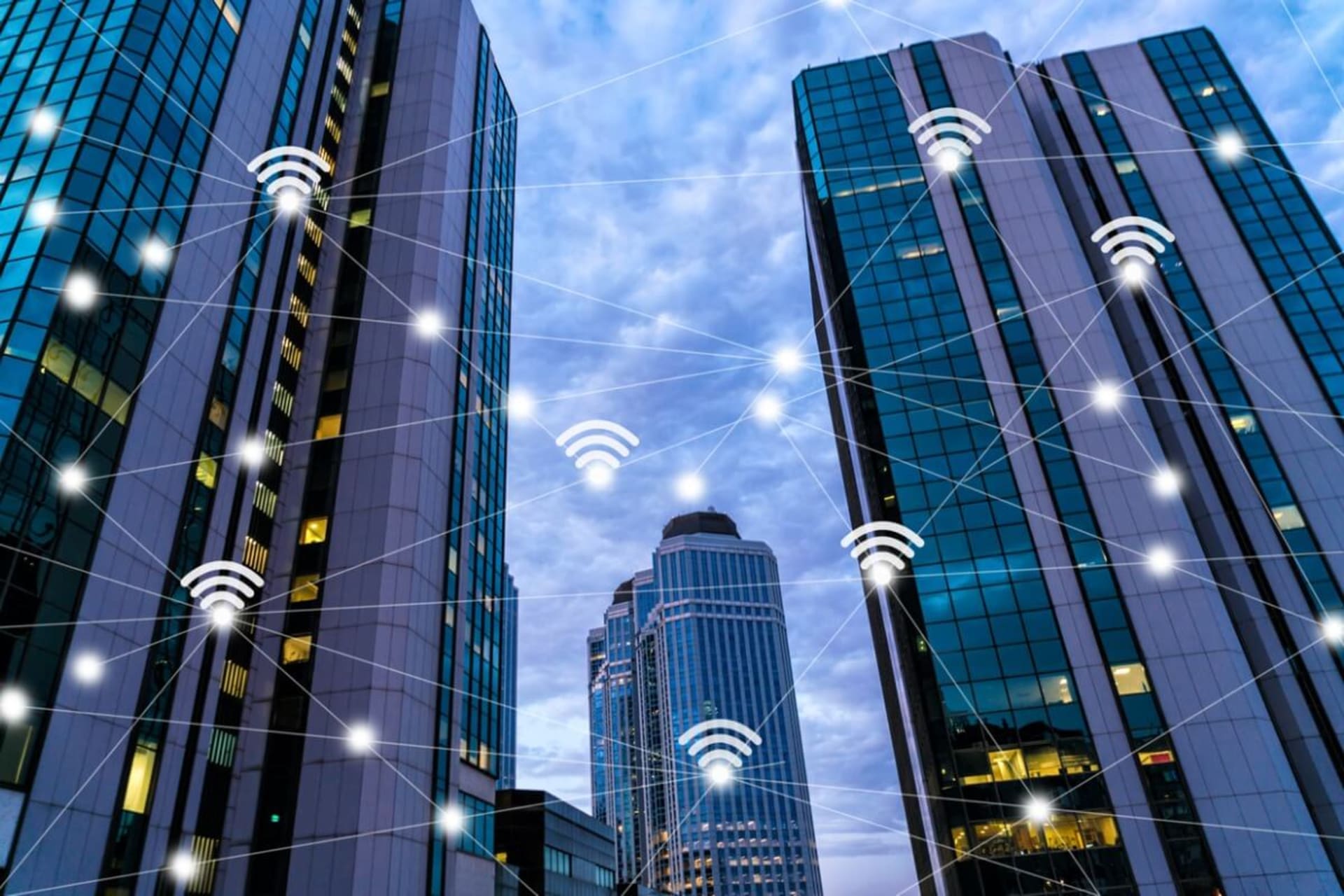When the COVID pandemic took the world by storm we didn’t have a choice but to adapt. In a matter of weeks, we learned how to work from home, digitized our processes, and migrated to the cloud. After a few months, the physical office was a thing of the past for most white-collar workers, it was the advent of the virtual office.
As COVID vaccines rolled out and scientists learned more about the virus, the world has been recovering. Many companies are looking forward to opening their doors again and having their workers return to the office. But that’s easier said than done.
Not everyone wants to return to the office, and return-to-office (RTO) policies have become a headache for companies worldwide. Talents are migrating from companies enforcing RTOs to competitors who offer more flexible alternatives.
Is The Age of The Office Truly Over?
The first question we have to ask ourselves is why should we return to the office? There is an argument to be made about customer-servicing businesses losing market share due to the restrictions. But what about office work? Some believe that productivity was negatively affected by work-from-home policies.
But, according to the International Labor Organization, we experienced a 4.9% growth in labor in 2020. That’s an unprecedented figure when compared to previous years. Keep in mind that this growth was in tandem with the stress and mental anguish of being in lockdown. So, even under strenuous circumstances, the workforce was more productive than ever.
From a worker’s perspective, it’s hard to justify returning to the office, especially if they are meeting their goals.
Over 67% of workers felt like they were more productive while working from home, and in a survey made by Envoy, 31% of respondents mentioned that the biggest deal-breaker is the distractions they have to cope with at the office, like talkative coworkers or excessive noise.
On top of that, there is also the matter of hygiene and biosecurity. The pandemic might have waned, but it’s far from over. Many people, especially those who live with elderly relatives, or who are vulnerable, have a very good argument to stay at home. All it takes is a sneeze in a cluttered space for a contagion.
Having said that, there are very good reasons for physical work environments. It’s a well-known fact that isolation is a key factor in anxiety and depression. Regardless of how productive we may be, some people need face-to-face interaction with others, even if it means having to cope with a commute.
Returning to a New World
Returning to the office in itself isn’t the issue, it is the lack of flexibility that comes with having to cope with work schedules. For example, as a personal note, I’m a bit of a night owl, and my peak productivity time is around midnight. If I had to work from 9 to 5 I would be half as productive as I currently am.
Everyone is wired differently, and this global experiment has driven that point home. People want to do their work without the constraints of day-to-day office hours, they want to build schedules that fit their patterns. And companies willing to provide that kind of flexibility have a very strong edge in the current market.
Aside from flexibility, companies aiming toward RTO protocols have to provide an enticing environment, something that makes their worker say “Yes!, I want to return”. And that involves commodities, safety, and health.
One way to tackle the issue is by redesigning our buildings, not just in terms of architecture, but in terms of accessibility and technology, we are talking about Smart Buildings.
What is a Smart Building?
Smart buildings are nothing new for years. Thanks to the Internet of Things (IoT) offices have evolved technologically, incorporating data gathering tools and A. I systems that dynamically make decisions based on data.
In a post-covid era, Smart Buildings are one of our most powerful tools to prevent the spread of the virus. Imagine for a second a lockdown system that measures the temperature of office visitors, and if it registers an above-average temperature it blocks the door or alerts security.
Building managers can add screening questions to their access systems to assess the health of a visitor before allowing access to the building. And even if an infected person manages to enter, a smart building can be programmed to help with contact tracing, so we can alert people who were in contact with the person, and clean the areas they visited.
Another potential area for biosecurity is touch-free solutions. From sensors to wave technology, we can interact with an environment without the need to physically touch the equipment.
We can even go one step beyond, and use cell phones and apps as an interface to interact with the environment. Want a cup of coffee on your lunch break? It’s as easy as connecting from your phone and choosing your favorite blend.
Safety aside, smart buildings can also provide commodities, for example, many buildings are using variables such as environmental temperature and the number of visitors to regulate their HVAC solutions. Same for lighting and shading, window panels and blinds can be automatically or remotely controlled according to the amount of light.
The Virtual Building
One of the most interesting aspects of smart buildings is that they aren’t just physical structures, they are a data system, a network remotely accessible by anyone with a smart device.
For example, imagine that you have a hybrid work schedule and on your next trip to the office you have a meeting. Instead of having to call or make a reservation, you can use an app to see what offices are free on that day. With the press of a button not only do you reserve the space but automatically inform your coworkers about the event.
On the day of the meeting, thanks to your smart device’s GPS all attendees can know if you are going to be there on time, or if someone is going to be late. You could even preemptively program the room to make coffee and have it ready by the time people arrive.
The point is that the office is no longer a silo separated from the rest of the world, it is a living environment that we can interact with, even when we are not physically near the building.
Smart Buildings and RTO Policies
To answer the title of the article, no, Smart Buildings are not a substitute for remote work, at least not in their entirety. To entice the workforce to return to the office, we have to be aware of the role that flexibility has as a work benefit.
Where Smart Buildings come in is in enhancing that flexibility, creating a seamless interaction between the office and home, and providing biosafety tools to minimize the risk of contagion.







